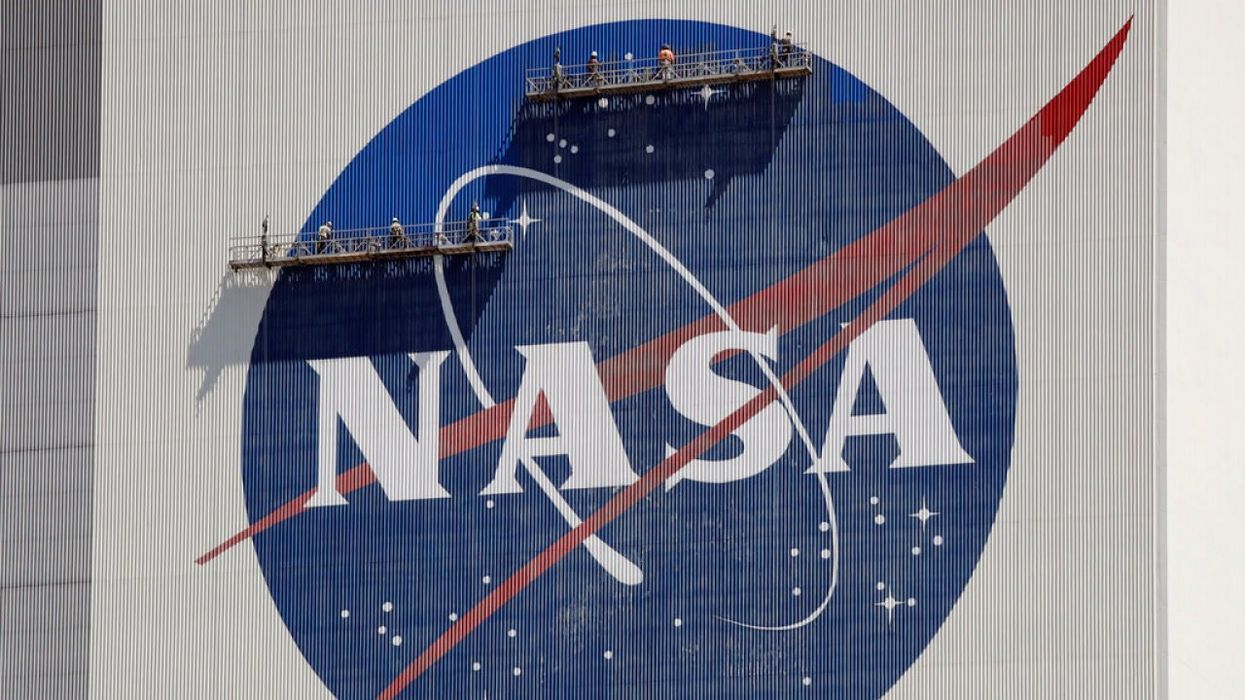Science & Tech
Catherine Shuttleworth
Sep 17, 2023
NASA calls for more science and less stigma in study of UFOs
Scripps News / VideoElephant
In a year where it has been claimed the US government has details on UFOs, and an alleged alien corpse was presented before Mexico's Congress, the search for extraterrestrial life is ever increasing.
And the search now largely focuses on signatures of technology that come from interstellar space which could indicate the existence of extraterrestrial life.
A new preprint paper - which is yet to be validated by the peer-review process - suggests a theory for one such signal combined with the mystery of why some planets have weird orbits around a star that defies old models of solar system formation.
The theory suggests that, to make them more hospitable to life, extraterrestrial beings may be using lasers to gradually move their planet into new orbits around a star. The scientists behind the paper state that if a laser signal, or other technology, cannot be detected, then we could look at these orbiting exoplanets and narrow down the search.
Technosignatures is the name given to signals made by technology, and some scientists believe that these technosignatures could be given off by various alien structures and machines. The reason it's an enticing area for researchers is because the laws of physics and what we know about the universe indicate that it should be fairly easy to tell if something has a natural origin or not.
The paper discusses a distant star named KIC 8462852 which was observed to have unexplainable variations in its brightness in 2015. At the time it was hypothesised that the variations may have been caused by a Dyson sphere, a completely theoretical megastructure which would harvest the star's energy as a kind of battery. But the scientists behind this new paper proposed that the raw material required to build a Dyson sphere to sustain a civilisation would use up all the mass of all the planets in a solar system.
Instead, the scientists hypothesised that in order for extraterrestrial intelligent life to maintain habitability and access new resources, it would be more efficient to use powerful lasers to blast a planet from one orbit to another.
Whilst the hypothesis may reveal that we are not alone in the universe, the paper's authors suggest that due to "consumption of resources (including power) [increasing] multiple times", humans may want to move Mars or Pluto closer to earth to access resources, if a powerful enough laser is created.
"Colonisation of space may become inevitable," they write.
Sign up to our free Indy100 weekly newsletter
Have your say in our news democracy. Click the upvote icon at the top of the page to help raise this article through the indy100 rankings.
Top 100
The Conversation (0)














